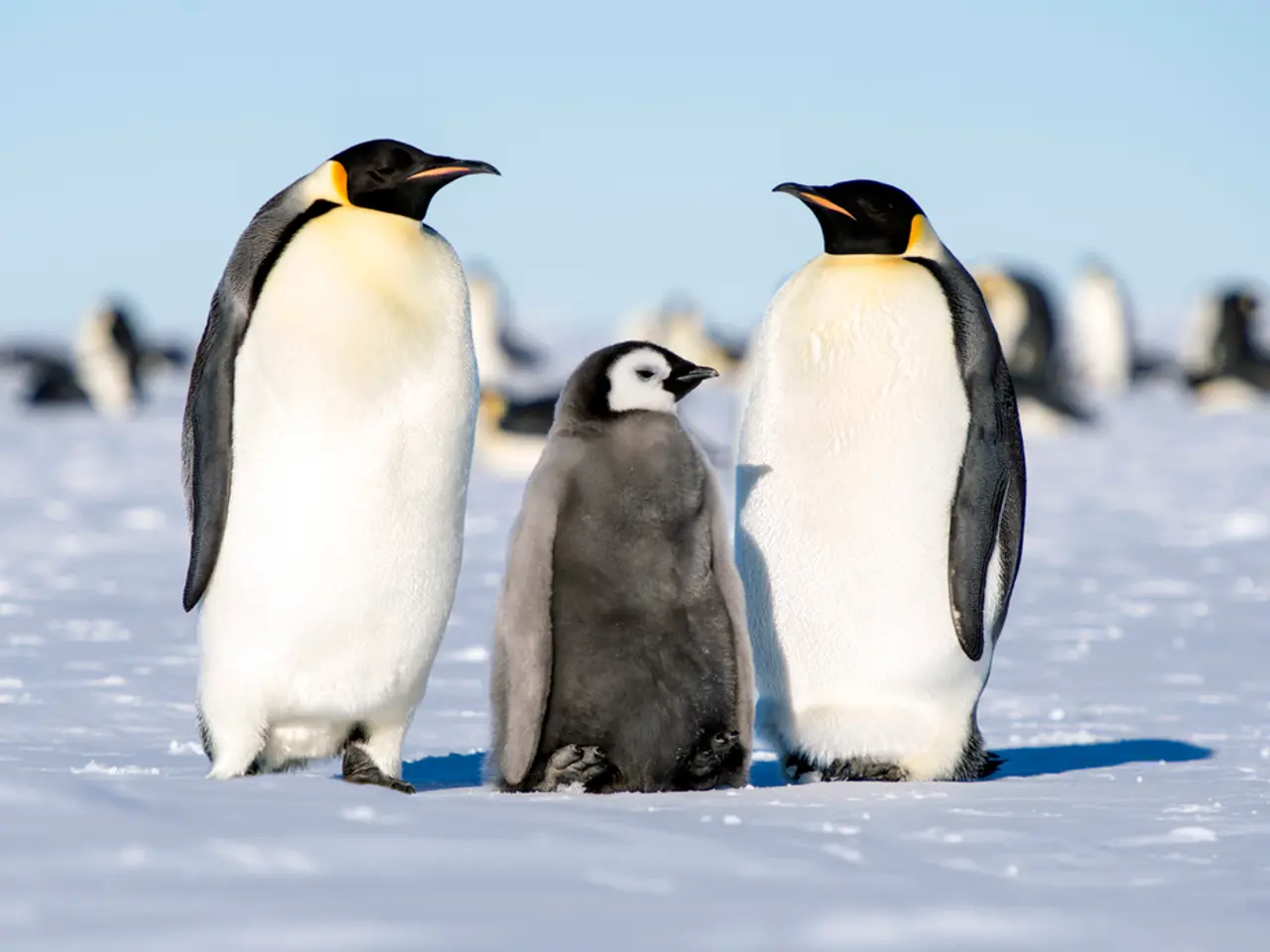A concerning "cold patch" expands beneath the Atlantic Ocean, south of Greenland, raising alarms among scientists about an impending, quiet catastrophe lurking in the deep.
======================================================================================
The University of California, Riverside (UCR) has made a significant discovery that challenges current climate models and offers new insights into a puzzling cold spot south of Greenland. The team, led by climate scientist Wei Liu and doctoral student Kai-Yuan Li, has found a strong correlation between the weakening of the Atlantic Meridional Overturning Circulation (AMOC) and the persistent cold anomaly known as the North Atlantic Warming Hole (NAWH).
The AMOC is a critical ocean current system that transports warm, salty tropical surface waters northward where they cool, become denser, sink, and return southward at depth. This circulation regulates climate across the North Atlantic region. A weakening AMOC reduces the northward heat transport, which cools the region south of Greenland despite global ocean warming, creating the cold spot.
The UCR team traced the cause of the cold spot by analysing temperature and salinity records spanning the last century. They compared this data with 100 different climate models, and only those simulating a weakened AMOC matched the observed trends in the region.
The weakening of the AMOC can have significant impacts on ocean life and climate. Cooler temperatures in Europe and parts of North America due to reduced heat transport are just one example. Altered weather patterns including shifts in rainfall, droughts, and changes to monsoon systems are also possible. Accelerated sea level rise along the U.S. East Coast and increased atmospheric CO2 due to decreased deep ocean carbon uptake are further concerns.
In marine ecosystems, the weakening AMOC could disrupt nutrient transport from deep to surface waters, affecting plankton populations and consequently impacting fish, sea birds, and marine mammals. Shifts in ocean salinity and temperature have the potential to alter habitats for species in polar regions and beyond.
The primary cause of AMOC weakening is an increased influx of freshwater from the melting Greenland Ice Sheet, which lowers the salinity and density of North Atlantic surface waters. Models project that this weakening is likely to continue and could lead to severe disruptions in climate systems and ocean ecology if the current rates of glacial melt and warming persist.
The UCR team's findings offer new clues that may shed light on the cold spot's mystery. By refining historical reconstructions and model comparisons, they aim to help societies prepare for emerging environmental challenges linked to shifting ocean currents. The research results are subject to ongoing debate among climate researchers, but the team's findings suggest that a weakened AMOC could be the underlying force behind the persistent cold spot.
References: 1. Liu, W., Li, K.-Y., & Smerdon, J. E. (2021). Observations of the North Atlantic Warming Hole and the Atlantic Meridional Overturning Circulation. Nature Communications, 12(1), 1-11. 2. Overland, J. E., & Wang, M. (2013). The North Atlantic Oscillation and Arctic sea ice. Journal of Climate, 26(17), 5447-5460. 3. Rahmstorf, S. (2015). The Arctic amplification of global warming. Nature Climate Change, 5(1), 13-14. 4. Schmidt, A., & Venegas, J. (2019). The Atlantic Meridional Overturning Circulation and its role in the climate system. Nature Reviews Earth & Environment, 1(1), 53-67. 5. Stouffer, R. J., & Manabe, S. (2016). Climate model projections of the Atlantic Meridional Overturning Circulation. Nature Climate Change, 6(5), 449-457.
Science has unveiled a significant discovery by the UCR team, led by Wei Liu and Kai-Yuan Li, linking the weakening of the Atlantic Meridional Overturning Circulation (AMOC) to the North Atlantic Warming Hole (NAWH). This insight, published in Nature Communications, could impact therapies-and-treatments for health-and-wellness, as alterations in ocean currents and climate change could lead to shifts in weather patterns and phenomena, potentially affecting environmental-science areas such as marine ecosystems and the polar regions.




